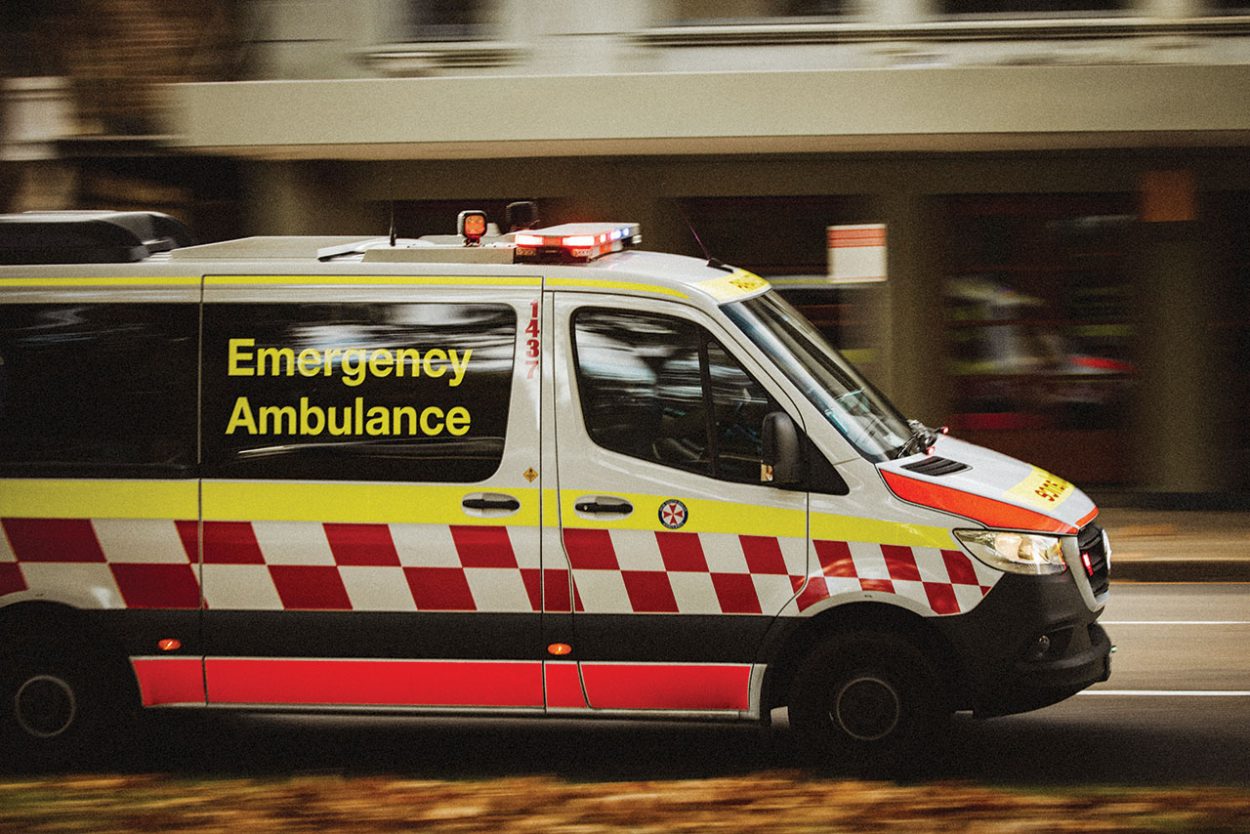AMBULANCE response times in the Frankston local government area took an average of 30 seconds longer to get to an emergency in the Sep 24 – Dec 24 quarter, compared to the previous quarter, with an average response time of 14 minutes and five seconds. A total average of 72.8 per cent of ambulance callouts got to a patient in less than 15 minutes within Frankston city.
Kingston local government areas also recorded slightly slower times, and Mornington Peninsula saw a significant slower response times after new data was released by Ambulance Victoria last week.
Code one “lights and sirens” emergencies are measured from the time of a triple-0 call being answered to the first ambulance arriving at the incident scene – with a statewide response time target being 15 minutes.
Ambulance response times on the Mornington Peninsula have climbed by an average of almost a minute and a half over the last quarter, the new new figures show, as demand remained “steadily high”.
On the Mornington Peninsula, 60.1 per cent of ambulances callouts took less than 15 minutes to get to patients. The average response time for paramedics was 16 minutes and 11 seconds – up one minute and 24 seconds compared to last quarter which was 14 minutes and 47 seconds.
There were 2912 emergencies in the peninsula in the past three months. Compared to the previous quarter, paramedics responded to 65.8 per cent of emergencies within 15 minutes or less on the peninsula with a total of 2847 cases.
In Kingston, ambulances responded by an average of 28 seconds longer to get to a patient compared to the last quarter with an average of 15 minutes and six seconds. Kingston had a total of 2223 emergencies over the last quarter compared to 2061 the previous quarter.
Among the best performing areas of the state was Horsham and Warrnambool recording 81.3 per cent and 84.5 per cent respectively in responding to emergencies within 15 minutes.
Ambulance Victoria’s regional operations executive director Danielle North conceded demand on ambulance crews remained steadily high – with the last quarter being the fourth busiest on record. “We have seen a 26.6 per cent increase in code one cases since the Covid-19 pandemic began five years ago,” North said. “October to December is commonly one of our busiest times, and last year was no exception as our crews were called to 99,799 code one emergencies. This was also the third quarter in a row close to or above 100,000 cases. “In the face of this sustained pressure, our highly skilled paramedics and first responders do a remarkable job providing best care to their communities, each and every day.”
But Shadow Health Minister Georgie Crozier said the latest figures showed the system remained far from meeting crucial benchmarks, noting ongoing delays in ambulance-to-emergency department handovers and treatment times. “Instead of fixing the root causes, the government’s response has been to penalise health services for failing to meet targets – yet it’s patients who are ultimately paying the price,” she said.
Ambulance Victoria’s metropolitan regional director Vanessa Gorman said their secondary triage team of nurses and paramedics had connected 43,864 patients with the care they needed, helping free up crews for patients in emergencies.
First published in the Frankston Times – 18 February 2025

